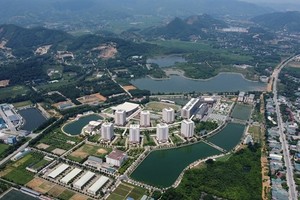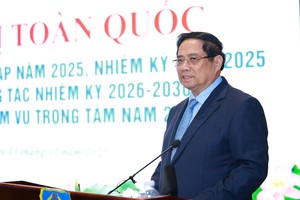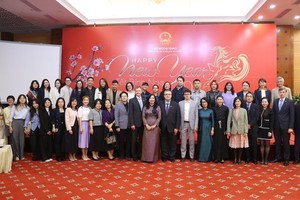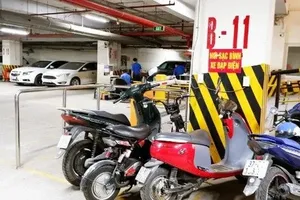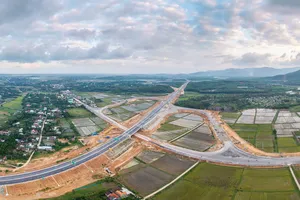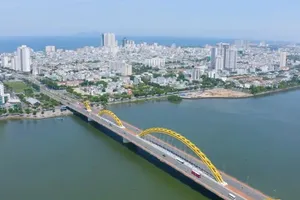
A seaport’s key to success
In order for a marine port to reach its full potential, five key factors must come into play, the most important being financial support, said Mr. Nguyen Xuan Thanh, a professor at Fulbright School of Public Policy and Management. It would be most ideal if the port is located within or close to export-oriented economic sectors with sufficient support from logistics services.
Advantageous natural geographic is the second factor that cannot go anywhere without proper financial support. Many countries in the world have failed at developing a sufficient seaport system only counting on geographical location. One notable example is the port of Hambantota in Sri Lanka. After it was built, the Sri Lankan government had to lease it out for 99 years just to offset debts.
The third factor for effective seaport operation is a fully connected transportation system. The transport infrastructures must cover for all types of transport to meet the shipping demand of various types of goods going to and from marine ports.
The fourth factor is the competition and cooperation among investors. Healthy competition would ensure quality services and constant innovation, while cooperation would help harbor clusters operate smoothly, while also minimizing unfair competition.
Last but not least, the government’s institutions and policies in seaport management plays a crucial role. A long-term investment like seaports requires consistent policies from national agencies in order to flourish.
According to Mr. Thanh, Port Network No.5 is located where most dynamic economic developments of the country is occuring and has favorable geographic location. From 2010 to 2017, Vietnam’s seaport growth rate was about 10.9 percent, compared to 5.9 percent in China, 4.5 percent in Malaysia, 5.8 percent in India, 5.2 percent in Thailand, and 2.1 percent in Singapore. In 2017 alone, the number of containers through Vietnamese seaports was 12.3 million TEUs.
Focused investment is the way to go
Talking about the cost of investment for Vietnam’s seaport system, Mr. Thanh said that many harbors within the Port Network No. 5 and 6 is not operating at full capacity, and collateral logistics centers have not received full and consistent investment. High cost of logistic services is reducing the chance for Vietnamese goods to compete with neighboring countries.
Not to mention, the activities of harbors around Cat Lai are putting great pressure on the city’s transport system. City officials had spent thousands of dong in upgrading and expanding roads to cater for traveling and goods shipping around Cat Lai port.
One concerning aspect of seaport planning in Vietnam recently is that calculations and zoning are constantly being adjusted due to the needs of different advocacy groups. In Mr. Thanh’s opinion, the govenrment should focus investment in international gateway ports, and not too much so in various different harbors. New harbors proposed by local agencies or private businesses are still encouraged, but they must be funded by private capital rather than state capital to relieve the burden on national budget.
